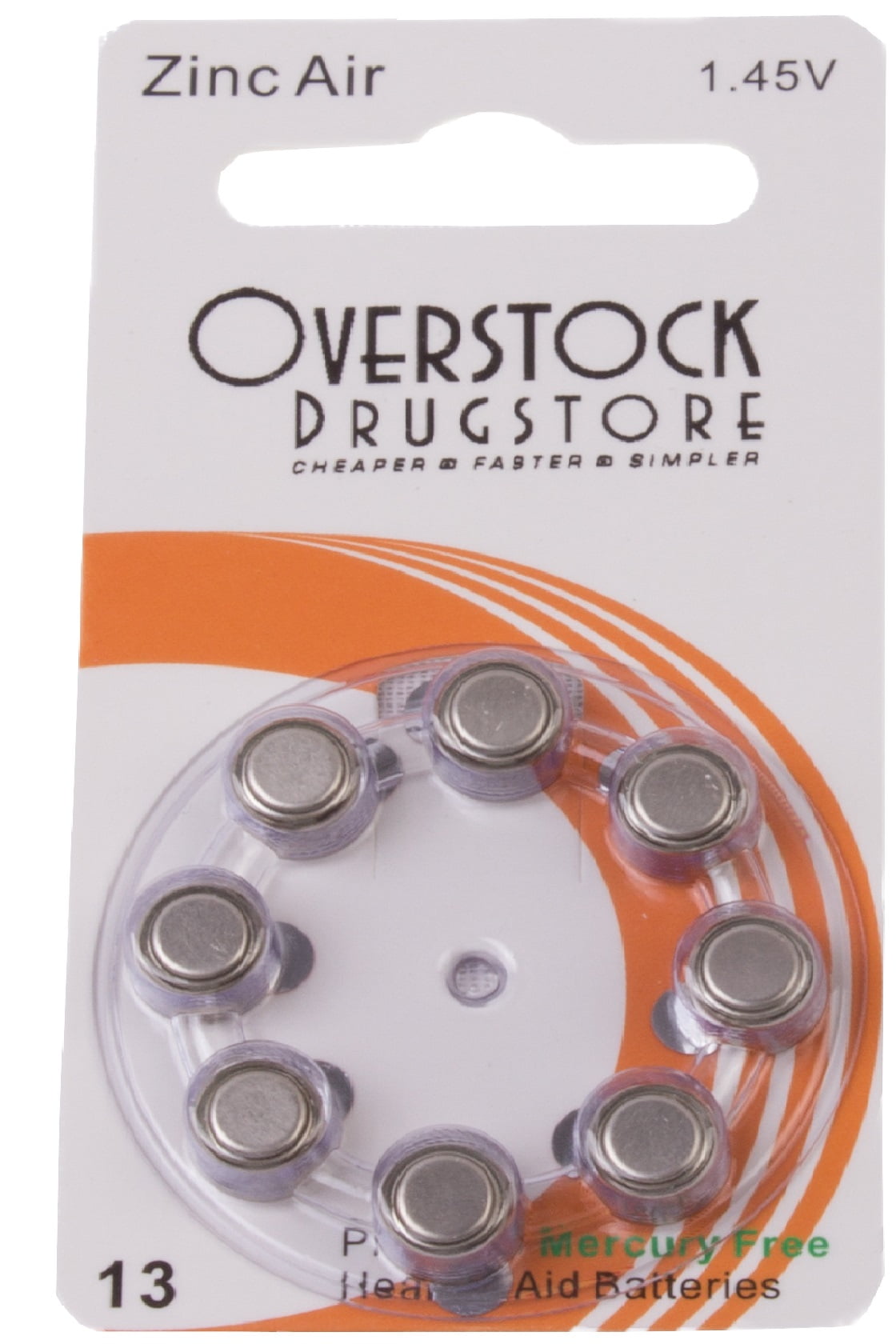


Let the battery rest for 5 minutes before placing battery into compartment. Remove new battery from package, and pull protective tab from battery.Note: If a change of batteries does not alleviate this problem, the device may be damaged, and it should be looked at by a hearing care provider. The hearing aids may become more quiet before the batteries die - an indication that it’s time to change them. Hearing aids that don’t emit warnings typically worsen in sound quality, become distorted, or simply die altogether. Some hearing aids will emit a small beeping sound when the battery is low, while some will speak to the user, stating that a change of batteries is needed. There are a few ways to know when to change batteries. A completely discharged battery may swell and become difficult to remove from the small device. When the battery dies, it should be removed immediately. Prior to changing batteries, wash your hands thoroughly to remove grease and dirt, which may drain the battery more quickly or dirty the inside of your hearing aid. When storing batteries, keep them at normal room temperature (not refrigerated). But if the hearing aids won’t be used for an extended period of time (overnight, for instance), removing the battery entirely is the best method. Opening the battery door is also an option, and a good way to dry out accumulated moisture. To minimize battery drain, turn off the hearing aid when it’s not in use. The smallest hearing aid batteries, used for 12 to 16 hours per day, may need to be changed every three or four days, while the largest hearing aid batteries used for only a couple hours each day may go several weeks without needing to be changed.

There are many variables that determine how long your battery will power your hearing aids.Ī standard “zinc-air” battery lasts anywhere from three to 22 days, depending upon the type of hearing aid, the capacity of the battery, and the amount of hearing aid use throughout each day. Different hearing aids require different types of batteries - based on the size and power requirements of the hearing aid - to work properly. Your hearing aids require a steady power supply in order to work properly, because even subtle changes in power output can affect performance, clarity, and volume control.


 0 kommentar(er)
0 kommentar(er)
